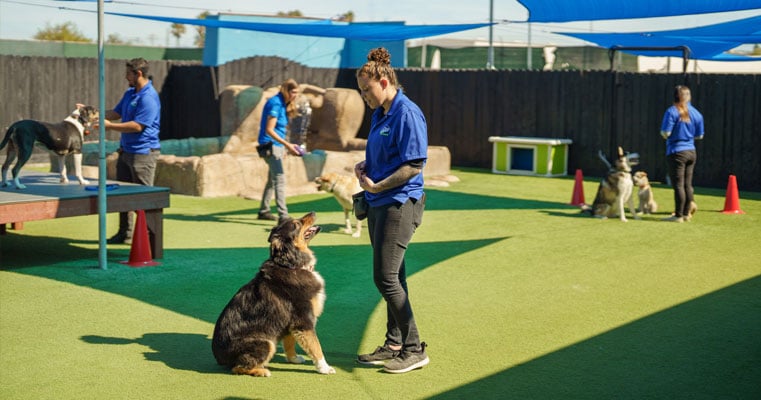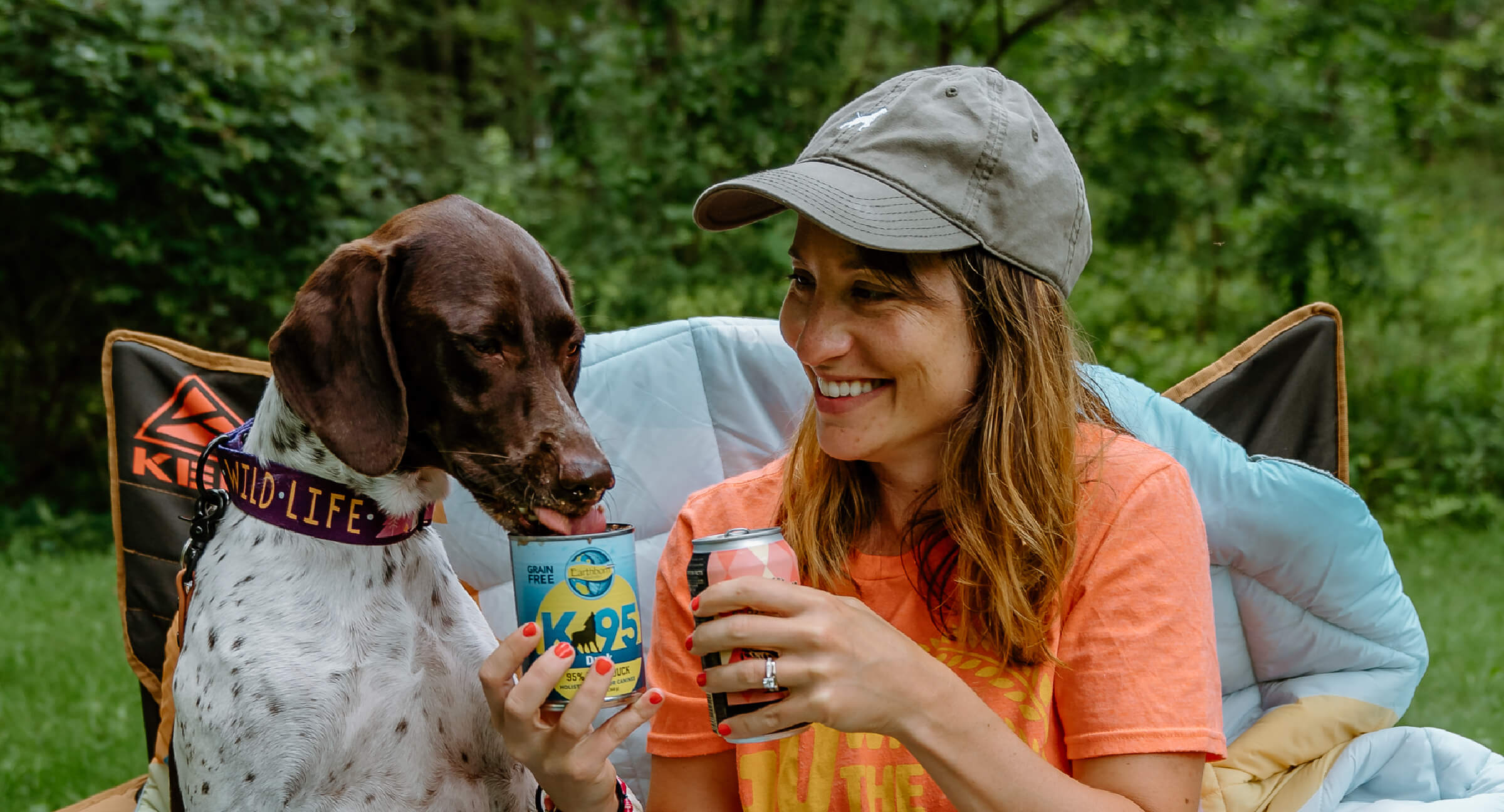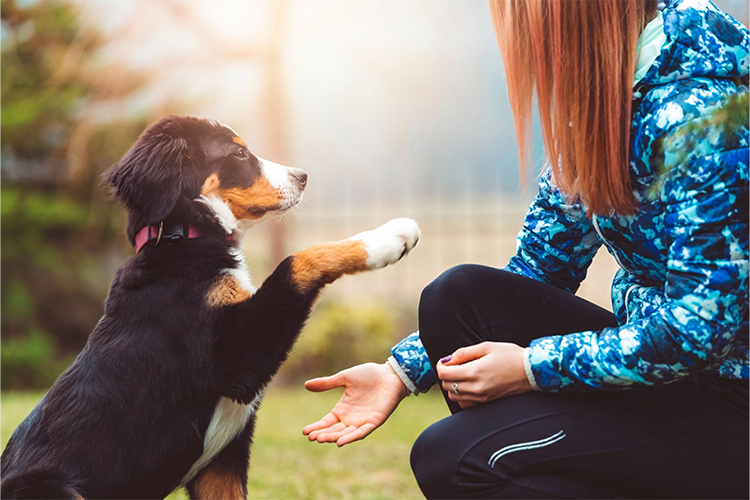The Ultimate Overview to Positive Reinforcement in Dog Training
The Ultimate Overview to Positive Reinforcement in Dog Training
Blog Article
Essential Tips for Effective Dog Training: A Guide for Pet Owners
Effective pet dog training is a diverse process that needs a strategic method customized to both the family pet's character and the owner's goals. Comprehending exactly how to navigate these challenges can considerably boost the training experience, eventually transforming the partnership in between owner and pet.
Understanding Canine Behavior
Comprehending canine actions is crucial for effective training and promoting an unified connection in between pooches and their proprietors. dog training. Canines interact mostly with body language, articulations, and activities, making it crucial for proprietors to interpret these signals properly.

Socializing plays a significant role in pet actions; direct exposure to numerous environments, people, and other pets can considerably affect a pet's character. In addition, elements such as breed attributes and individual personality ought to lead training approaches, as some types may have specific behavioral traits that demand customized strategies. By comprehending these components, proprietors can develop a helpful atmosphere that urges positive behavior, leading to effective training end results and a deeper bond with their pets.
Establishing Constant Commands
Effective interaction with your pet dog starts with establishing consistent commands. This fundamental aspect of training is vital for cultivating understanding between you and your family pet. Uniformity in the commands you utilize makes certain that your pet dog can reliably link specific words or expressions with the preferred behaviors.
When selecting commands, choose clear, distinct words that are easy to separate and say from each other. Avoid utilizing similar-sounding commands that might puzzle your pet dog. For instance, utilizing "sit" and "remain" is suitable, yet "rest" and "hit" might bring about misconceptions.
Additionally, preserve the exact same tone and volume for every command. Canines are delicate to vocal cues, so differing your tone can develop complication.
It is equally vital to ensure that all relative get on the very same web page pertaining to the commands made use of. A united front in command use will certainly avoid blended signals and strengthen the learning process.
Positive Reinforcement Strategies
The power of positive support in dog training hinges on its capacity to motivate preferred behaviors through rewards and praise. This strategy is grounded in the concept that behaviors followed by desirable end results are more likely to be duplicated. By incorporating positive reinforcement right into your training routine, you can successfully form your canine's behavior in a constructive manner.
To implement positive reinforcement, it's important to recognize what motivates your pet dog, whether it be treats, toys, or verbal appreciation. When your pet dog performs a desired action, such as remaining on command, quickly compensate them with a reward or affection. This association between the command and the positive end result strengthens their understanding.
It's critical to timing the rewards appropriately; delivering the support within secs of the wanted behavior helps your pet dog make the our website connection (dog training). In addition, consistency is vital-- make sure that all household members use the exact same commands and reward systems to avoid confusion

Gradually, you can minimize the regularity of treats as your pet dog finds out the actions, transitioning to applaud or intermittent incentives. This technique not only promotes a solid bond in between you and your canine but likewise advertises a positive discovering environment, making training a pleasurable experience for both.
Socialization and Communication
Consistently subjecting your canine to a selection of settings, individuals, and other animals is important for their social growth. Socialization needs to begin early, preferably throughout the vital home window of 3 to 14 weeks, when pups are most receptive to new experiences. However, older pet dogs can likewise gain from continuous socialization initiatives.
Introduce your dog to different settings, such as parks, pet-friendly shops, and urban areas. This exposure assists them adjust to different stimuli, reducing anxiousness and worry feedbacks. Motivate favorable communications with various other pet dogs and people, ensuring that these encounters are regulated and secure to foster confidence.
Make use of organized playdates with well-mannered dogs, as this can enhance your canine's social skills and instruct them appropriate habits. Obedience courses and training sessions likewise provide superb possibilities for socialization, allowing your canine to engage with others in a monitored atmosphere.
Screen your canine's body movement during communications, as this will certainly help you evaluate their convenience degree. Gradually raise direct exposure to more difficult situations while making sure that each experience is favorable. A well-socialized pet is more probable to exhibit well balanced behavior, making them a pleasure to have in any type of setting.
Addressing Typical Training Difficulties
Every pet dog owner will certainly come across training obstacles at some time, no matter their dog's age or socializing level. Identifying common problems such as stubbornness, diversions, and terror can assist in creating effective methods for renovation.

Slowly introduce disturbances as the pet becomes extra skilled in commands. Short, regular training sessions are likewise effective in maintaining attention.
Fearfulness can hinder a pet dog's knowing procedure. Gradual desensitization to the source of fear, coupled with favorable support, can assist alleviate stress and anxiety. Perseverance is essential; never force a pet dog into a situation that creates distress, as this might aggravate the problem.
Inevitably, understanding and dealing with these usual difficulties with an organized method will foster a much more efficient training experience, reinforcing the bond in between dog and owner while advertising effective learning.
Verdict
In summary, effective canine training counts on a detailed understanding of canine behavior, the facility of go to the website regular commands, and the application of positive support techniques. Socialization plays a crucial function in developing well-adjusted pet dogs, while attending to usual training obstacles calls for patience and adaptability. By applying these necessary techniques, animal owners can foster a strong bond with their canines and promote preferable behaviors, eventually causing a harmonious connection in between people and their canine buddies.
Understanding pet actions is necessary for effective training and cultivating a harmonious connection between canines and their owners.Socializing plays a considerable duty in canine habits; direct exposure to various atmospheres, people, and various other animals can considerably impact a canine's character.The power of favorable reinforcement in pet dog training lies in its ability to motivate desired behaviors via benefits and praise. By including favorable support right into your training routine, you can effectively form your dog's habits in a constructive manner.
In summary, successful dog training counts on a comprehensive understanding of canine habits, the establishment of consistent commands, and the application of favorable support techniques.
Report this page